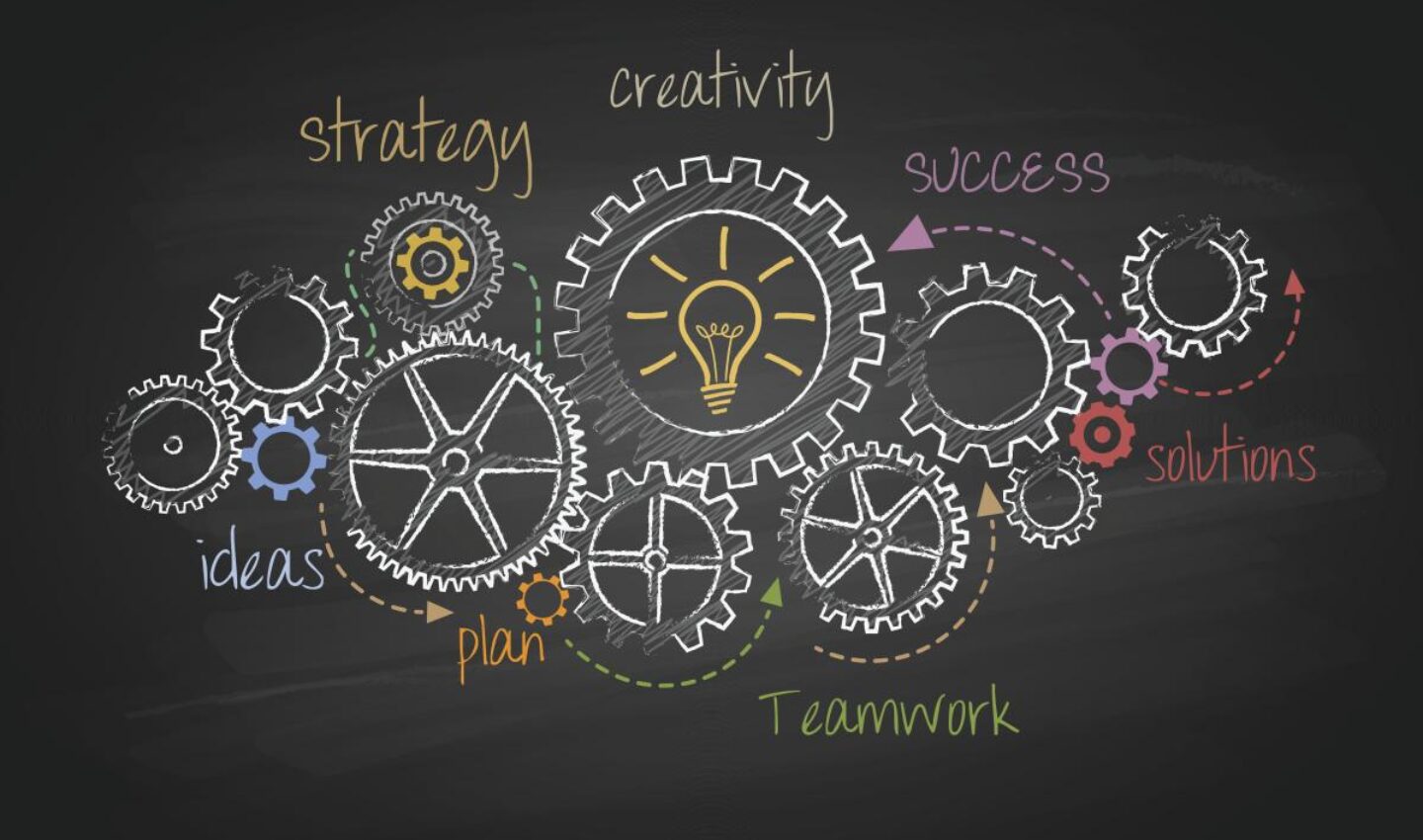Does your health care organization have clearly defined goals and metrics? Do teams and employees feel connected to these goals? Do they understand the impact they have on the metrics? If you answered “no” to any of these questions, you may have an opportunity to enhance your organization’s strategic planning.
As organizations embrace and settle into a remote work environment, aligning toward organizational goals and metrics can be increasingly difficult. This is when revamping the strategic plan is vital allowing you to answer “yes” to all the questions above, especially when remote employees are likely to feel disconnected from their organization.
Successful strategic planning engages all organizational levels
A strategic plan is a set of initiatives aimed at enhancing the organization’s mission, vision, and values, and reaching pre-determined goals; it includes processes for project management, communication, and continuous improvement.
A robust strategic plan provides a supporting infrastructure that paves the way for not only appropriate implementation in achieving organizational goals, but also proactive promotion of employee engagement.
The first step in initiating, or renewing, your remote organization’s strategic plan is to determine what approach to take. A successful approach would be one that engages all levels of the organization in identifying organizational goals. The process of “catch-ball” can facilitate this. Catch-ball allows each level of the organization to provide input into goals and connects them so that they are aligned and “cascaded” throughout the organization.
For example, an organization might have the goal of scoring 4 or above (on a scale of 1-5) on their customer satisfaction survey. Through catch-ball, a frontline team may learn that their customers are looking for more communication, so they identify a goal of “all customer emails are answered within 48 hours”. This alignment offers all employees a clear connection to the organization’s strategic plan and associated organizational goals.
Communication and collaboration are essential when planning with a remote workforce
To plan effectively in a remote environment, we need to think about formats that enable strategic plan implementation and collaboration. It is important to store information about the strategic plan including associated processes and the status of strategic planning initiatives in a location that is easily accessible by all employees. An intranet is an ideal place for this, and it should be simple to navigate. Also, employees need to know when and where strategic planning conversations and work will occur and be invited and encouraged to get involved. A strong communication plan is vital for successful strategic planning.
Another great way to support strategic plan implementation and collaboration is by establishing virtual workgroups to identify and lead the implementation of organization-wide initiatives that enable the strategic plan. Virtual workgroups are most successful when roles and responsibilities are clearly defined and widely communicated. It is important to assign sponsors to workgroups who are at the leadership level to help address barriers and provide guidance.
Other roles within workgroups should include a lead or co-leads, a sponsor, a project manager, and frontline employees. Meetings should occur at times convenient for members and leads, and with the help of project managers, utilize tools to best engage with the group virtually (e.g., virtual whiteboards, ice breakers, polling websites, virtual meeting functions such as chats or breakout rooms, etc.).
Project management and improvement tools empower planning and execution
To keep the strategic plan work organized and make it easy for anyone in the organization to see the status of initiatives, consider using project management and process improvement tools and methodologies. Problem-solving A3 is one of many tools that can be used in structuring workgroup thinking as the team addresses roadblocks in the way of achieving a goal. The A3 guides team members from the initial stages of identifying the roadblock, all the way through identifying the improvement opportunity and developing a suitable action plan to address it.
To further engage employees in the strategic plan, consider establishing a virtual Idea System which encourages employees to share ideas related and organizational goals. The Idea System is another engagement and communication mechanism that will enhance your organization’s strategic plan, improve organizational alignment, and enable goals attainment.
With these best practices for strategic planning in a remote environment and their emphasis on the importance of solid employee connection to goal setting and achievement, your health care organization will be poised for success built on solid strategy.
To learn more about how Health Systems Solutions can assist you with developing your health care organization’s remote strategic planning, contact Nicholas Comeau or visit Strategic Planning and Process Improvement to learn more about our services and team and access our Contact Us form.


